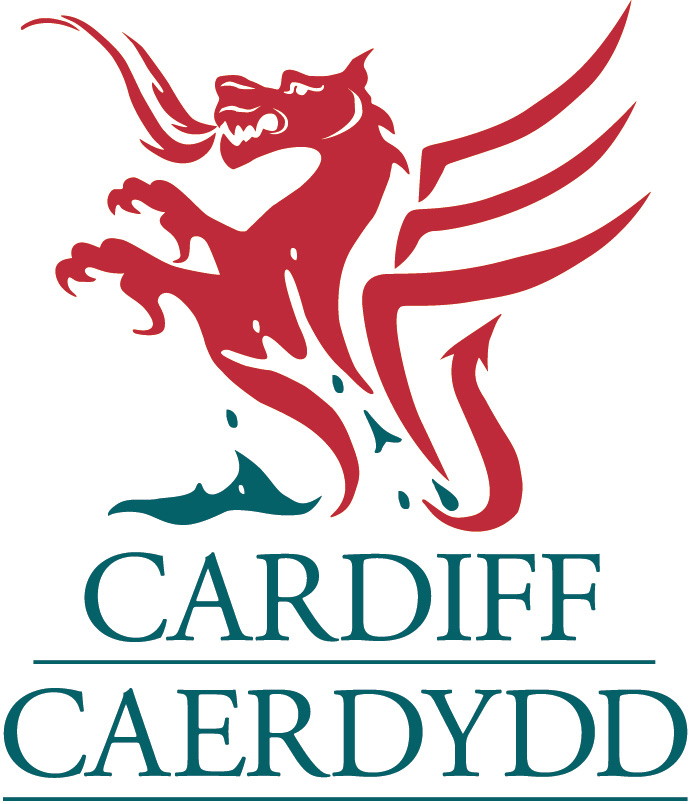Cardiff Heat Network Ltd (CHN) is a wholly owned subsidiary of Cardiff City Council (CCC), created to deliver the Council’s ambitions for a low carbon heat network in Cardiff and supported by the Welsh Government and BEIS. We have secured funding for the network through HNIP and a loan from the Welsh Government. CHN is designed to deliver benefits to the local area, and our contractors are commencing construction of Phase 1 of the heat network.
Cardiff Heat Network is a major capital project for the Council, and is designed to deliver low carbon heat across the South of the City. We have undergone a major procurement exercise to ensure CCC and other funders obtain the best balance of cost, quality and risk transfer and have secured Hemiko as our design, build and operate contractor.
Cardiff Heat Network will use heat generated at Viridor’s Energy Recovery Facility (ERF) at Trident Park, which diverts approximately 350,000 tonnes of non-recyclable waste from landfill every year. The plant generates enough electricity to power around 68,448 households.
The first phase of the heat network will initially provide heating to a number of large buildings in the city, including County Hall, the new Indoor Arena, the Wales Millennium Centre, the Senedd, Tŷ Hywel, Cardiff & Vale College main building and Tresllian House. Other smaller buildings, or parts of buildings will also be connected to the network, including parts of the Butetown Hub, the main entrance of Butetown Community Centre and Cardiff & Vale College’s Construction Centre.
How will the Scheme Work?
The Scheme will be delivered by Cardiff Heat Network, who have a heat purchase agreement with Viridor and heat sale agreements with each Consumer.
CHN’s:
- Construction and operational responsibility will end at thermal substation in each building
The Heat Network will comprise of:
- Heat interconnector to the EFW Plant
- Back up boiler plant
- Area wide network to connected buildings
The key operating criteria of the scheme will be:
- Robust and resilient energy supplies to each connected building in accordance with agreed output specifications
- Maximising the use of heat from the EFW
Why are we doing it?
Existing heat as a source of saving/income
- Heat currently available at Viridor
- Other potential waste industrial and natural heat sources within reach
- Financial benefit for Council and/or customers
Major boost to decarbonisation targets
- WG “Carbon Neutral” ambition for public sector
- Heat is the most difficult carbon challenge
- Links to air quality
Driving economic development
- Low carbon city “branding” opportunity
- Low carbon opportunities for businesses and development
- Retaining significant energy spend in the local economy
- Many competitor cities offering heat networks
Long term, secure heat supplies.
- 40 year minimum project life
- Highly localised supply and demand
Contact
Gareth Harcombe – Director
GHarcombe@cardiff.gov.uk

